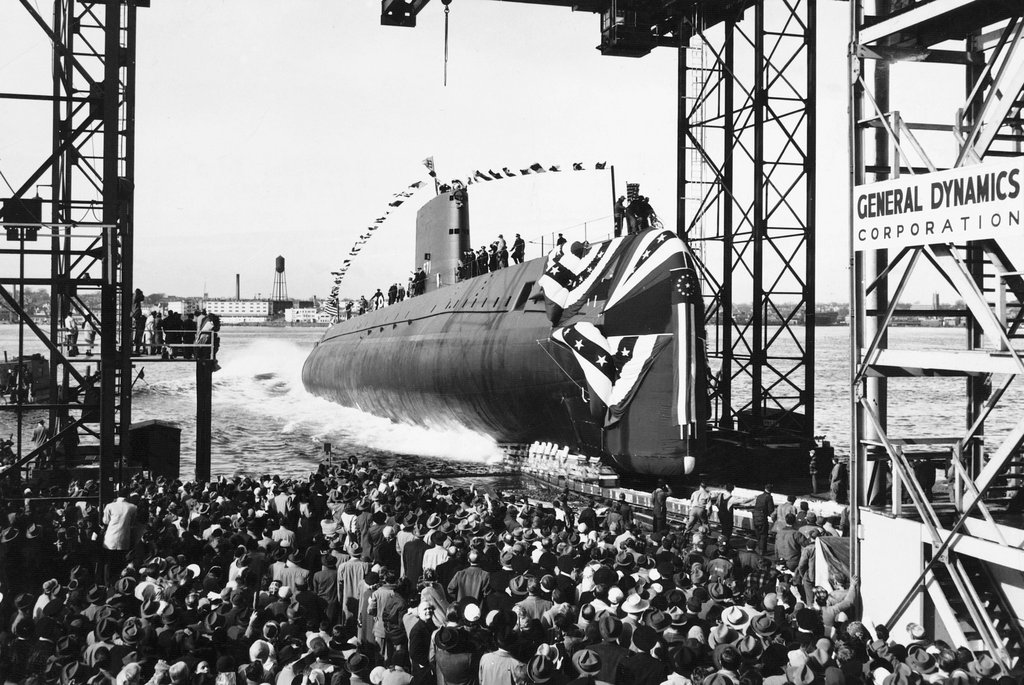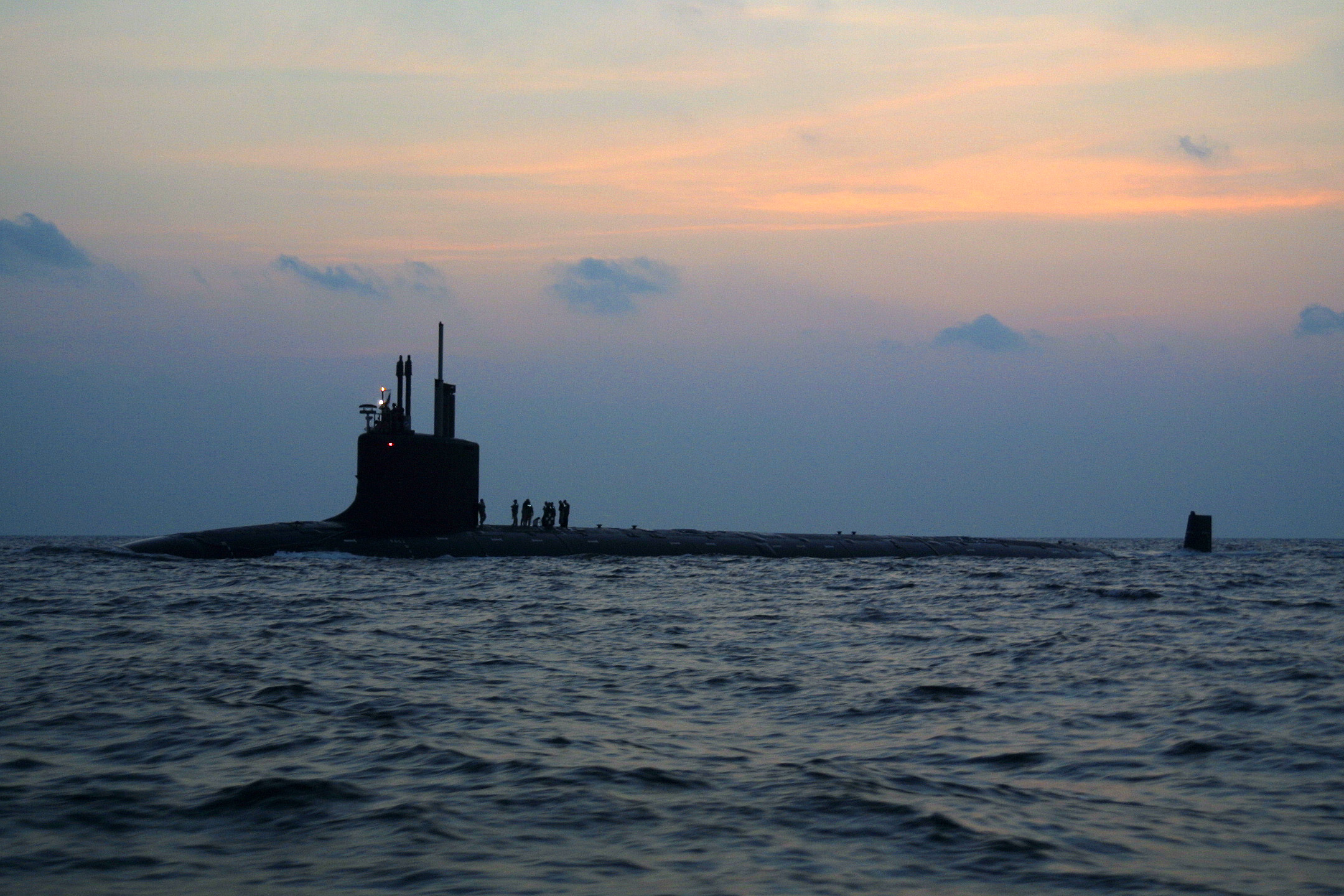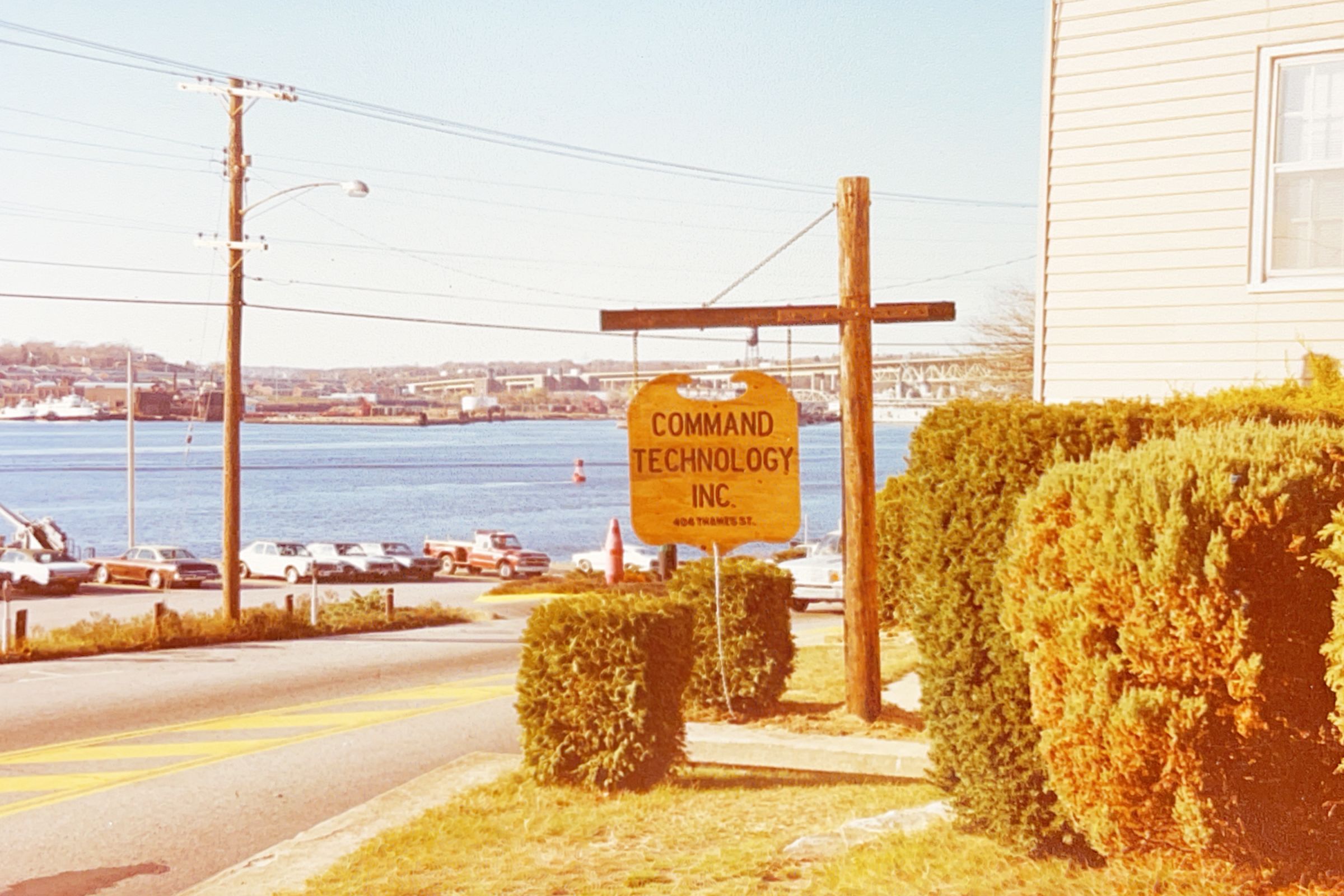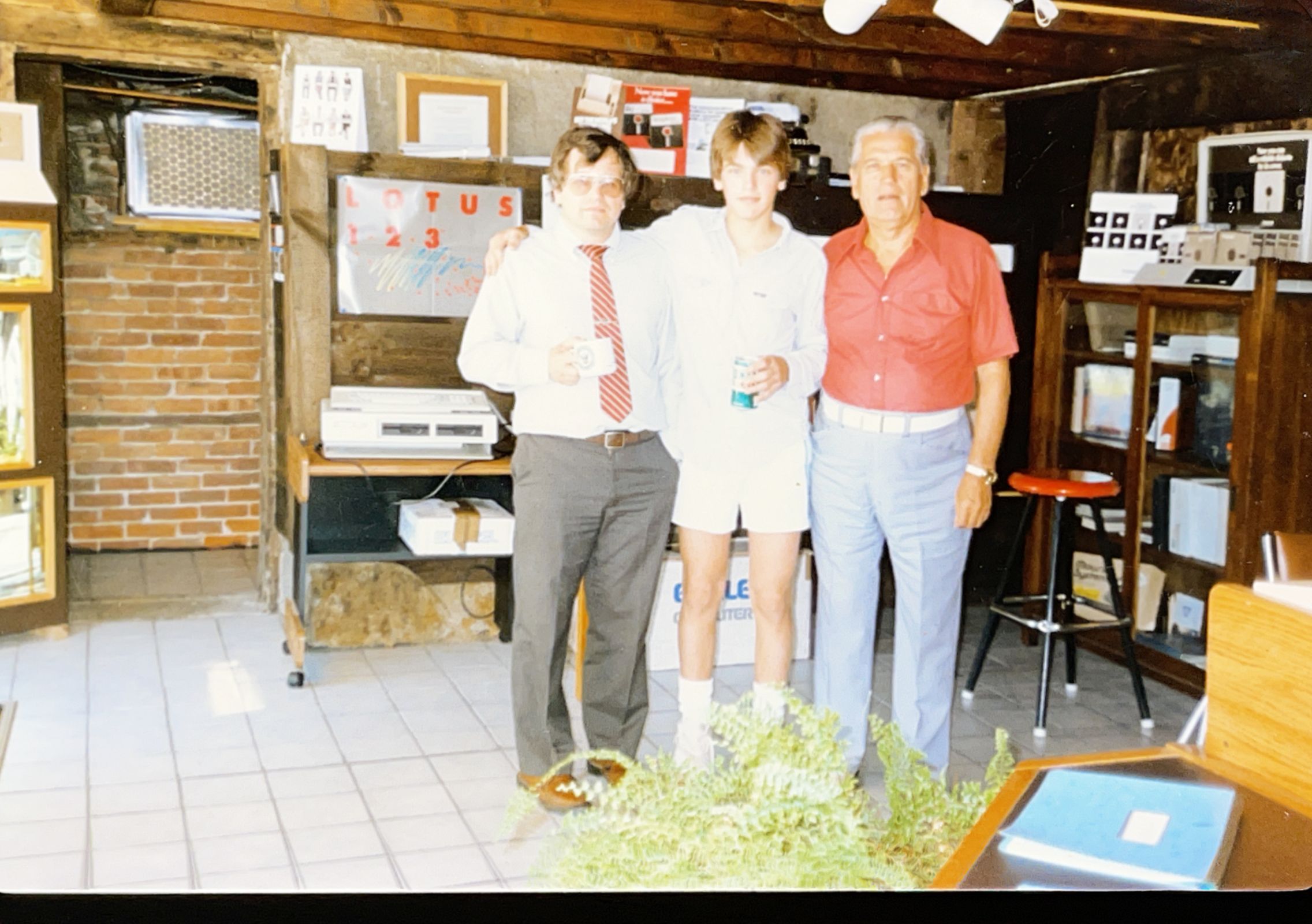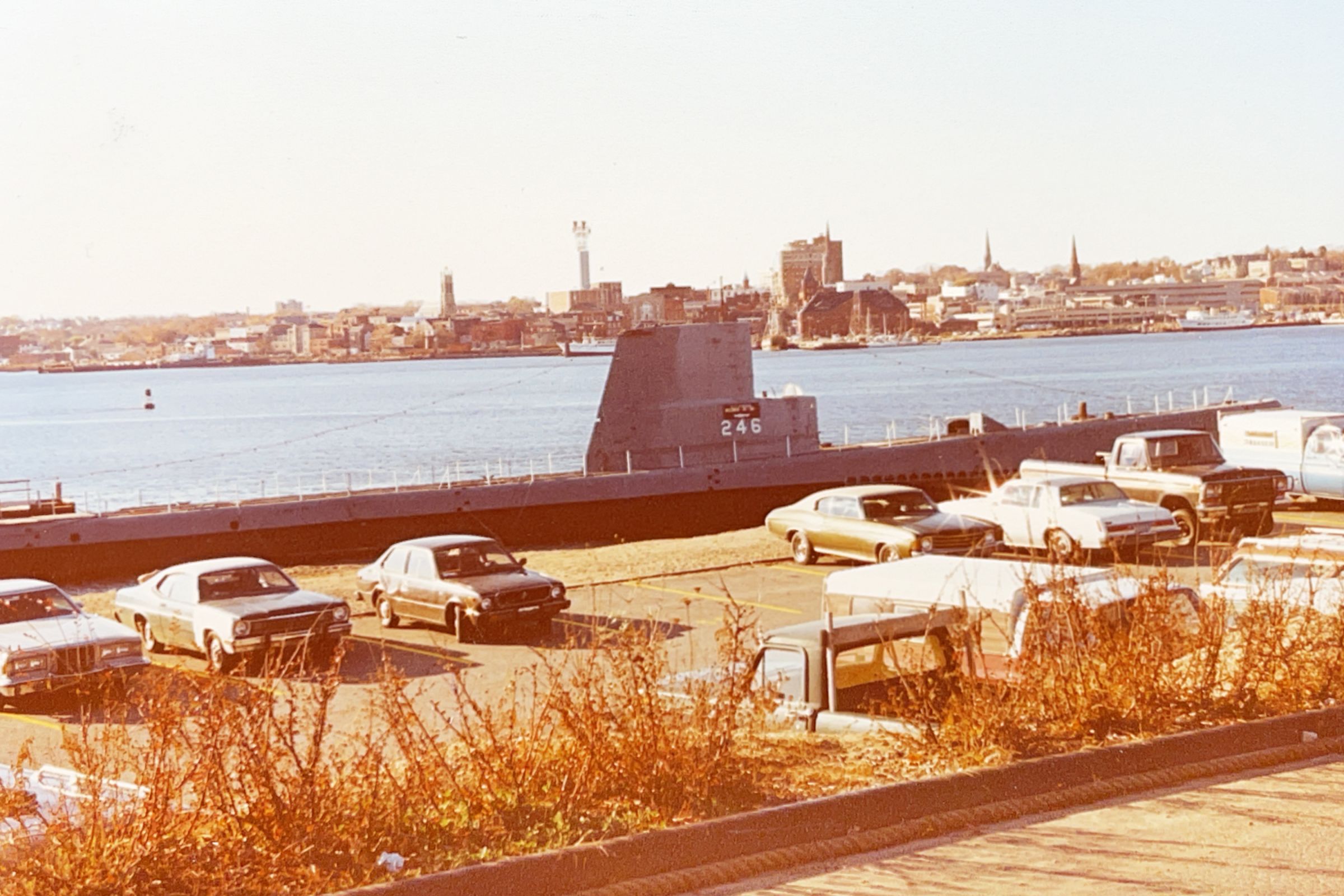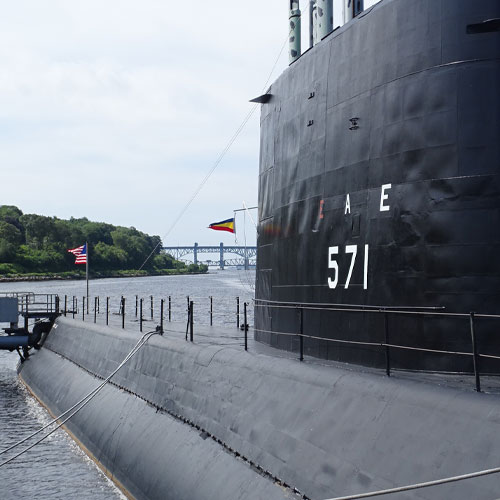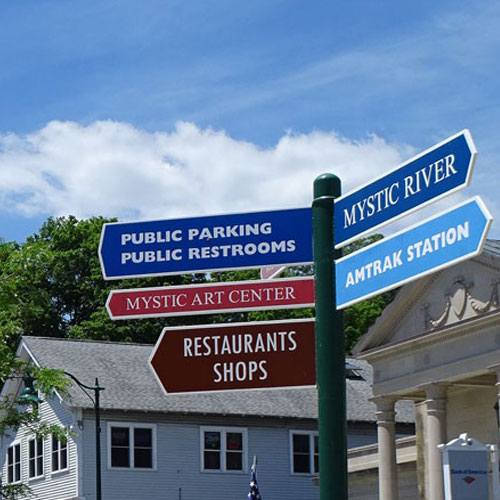Groton's Command Technology Rides the Wave of the Computer Age
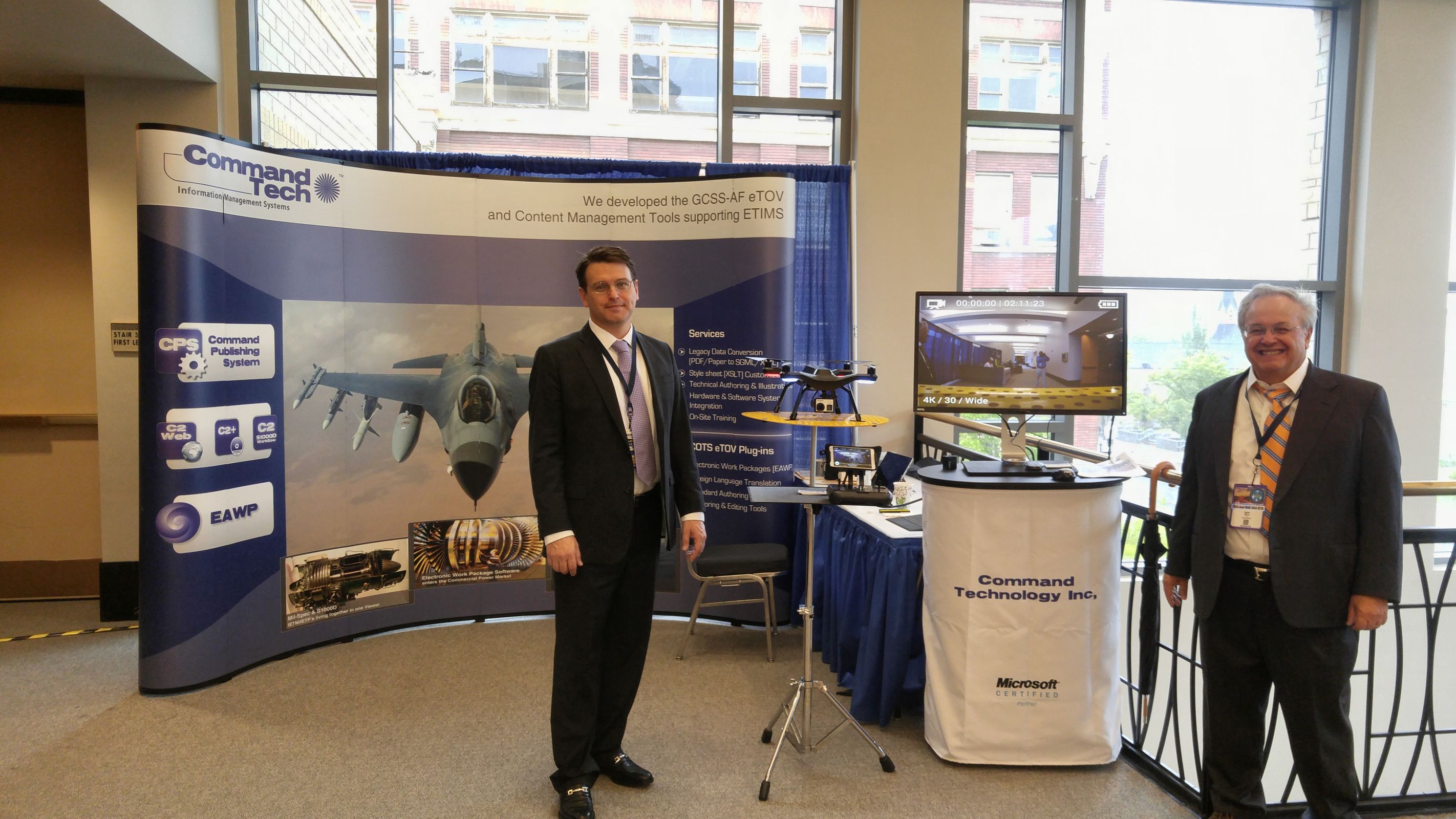
19 Dec 2022
Small Business
Robert Boris was 11 years old when his father, Igor, left his job in the Navy Liaison Office at Electric Boat and, with his wife, Suzanne, started their own business out of a house on Thames Street across the street from the Submarine Veterans’ Memorial. The only other employee was Robert. “Free labor,” Robert recalls, laughing.
For all three of them, Robert remembered, the timing was fortuitous. It was 1981, and the computer revolution was taking off, as large mainframes gave way to smaller desktop computers. The business they started, Command Technology, began as a dealer of computer and networking equipment, and like many related businesses at the time, they rode the revolution and capitalized on it.
“We didn’t know what was impossible,” said Robert, who helped grow the company alongside his parents, earning degrees from Syracuse and the London School of Economics along the way. “We built a knowledge base over time. We knew businesses were going to need computers, and we saw an opportunity to get into that market.”
Starting Local, Going Global
Command Technology grew rapidly through the decade, selling computer systems locally to customers such as Mitchell College and the Poquonnock Bridge Fire Department. Competition emerged quickly, though, and larger businesses were able to sell in volume.
The fall of the Berlin Wall in 1989 opened new markets for many companies, which Robert said coincided with the explosion in what he called ‘internet technology’, which nimble businesses such as Command Technologies were able to exploit. They started with software tools for East Hartford’s Pratt & Whitney Aircraft which digitized and kept current their maintenance manuals, and provided similar tools to Sikorsky to digitize their design drawings.
Robert likened the business at this time to “building a moving train.” The next stage was making maintenance manuals interactive via hyperlinks, which could be linked to inventories and vendors. Suddenly, with a mouse click their software could provide deeper information on an engine or a part, replacement components only another click away. “It was exactly like a Web page,” Boris said, before Web pages became commonplace in business.
A Gold Standard of Customers
Over time, Command Technology’s client base became less reliant on defense-related industries and more focused on content and data management for civilian clients such as Rolls Royce’s helicopters division. Command Technology has worked with the manufacturing icon for more than 25 years, and currently maintains the company’s global Web portal.
In the mid-00’s, Boris said, the company began working with the U.S. Air Force, creating licensed software to support its F-16 and A-10 aircraft, later building a network for worldwide use.
Theirs is a classic American success story, all starting when Robert’s father, Igor, after growing up in Ukraine on the Black Sea, arrived in the United States at age 15 by way of a World War II relocation camp in Lubeck, Germany. Igor eventually converted his hard-earned entrepreneurial skills into a business whose customers include the U.S. Defense Department and multinational companies.
“We made a lot of mistakes, but we just kept putting one foot in front of the other,” says Robert, whose father and mother are still working and remain the sole owners of Command Technologies. “My father wasn’t afraid of looking foolish. It was the immigrant mentality.”
More Topics
